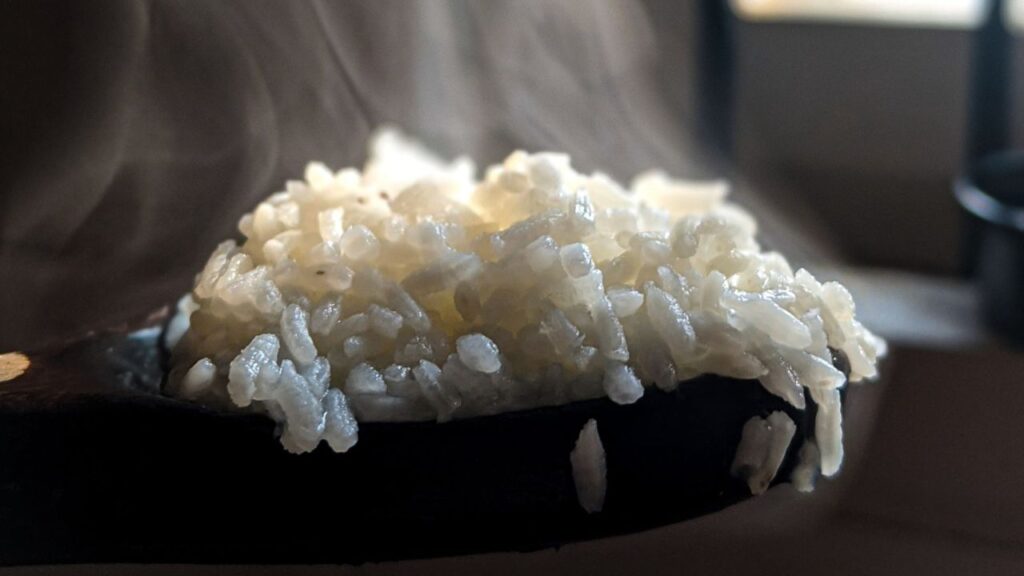In recent years, India has been facing challenges in rice production and export. However, the current trends indicate a positive shift. The government imposed a ban on rice exports last year to maintain affordable prices domestically, due to a decline in production. This ban had significant repercussions in international markets, particularly in the United States and Gulf countries, as India is among the world’s leading rice exporters. Fortunately, the government later eased some restrictions on exports. As we look toward the end of this year, prospects for a bountiful rice harvest appear promising, which could lead to cheaper rice on the common man’s plate and boost farmers’ incomes.
Remarkable Growth in Rice Cultivation
According to the Ministry of Agriculture, as of August 27, 2024, the area dedicated to rice cultivation has increased by 4.29%, now covering approximately 39.42 million hectares. Last year, at the same time, rice was cultivated on 37.8 million hectares. This increase is crucial as the Kharif (monsoon) season usually starts with the sowing of rice in June, coinciding with the arrival of the southwest monsoon. The harvest for this crop occurs in October, and by the end of the year, new rice enters the market. This timing also plays a significant role in cultural practices, such as using rice for Diwali pujas, where puffed rice is utilized.
Potential Price Drops for Pulses
The government has announced increases in the area sown with pulses as well. The area sown with pulses has grown to 12.21 million hectares compared to 11.55 million hectares last year. The cultivation of Arhar has notably surged from 4.07 million hectares to 4.57 million hectares, with the sowing process now completed.
Summary of Cultivation Changes
| Crops | Current Area (Million Hectares) | Previous Area (Million Hectares) |
|---|---|---|
| Rice | 39.42 | 37.80 |
| Pulses (Total) | 12.21 | 11.55 |
| Arhar | 4.57 | 4.07 |
| Urid | 2.90 | 3.08 |
| Millets | 18.55 | 17.75 |
| Corn | 8.72 | 8.12 |
| Oilseeds | 18.83 | 18.73 |
Prospects for Lower Cooking Oil Prices
The price of cooking oil, a staple in Indian households, is also expected to decrease this year. The area under oilseed cultivation has shown a slight increase, now reaching 18.83 million hectares, up from 18.73 million hectares last year. This increase is likely to contribute to improved supply and lower prices, making it more affordable for consumers.
Conclusion
The overall increase in cultivation across various crops, including rice, pulses, and oilseeds, heralds a hopeful outlook for the agricultural sector in India. As production rises, not only could consumers benefit from lower prices, but farmers too stand to gain from increased market opportunities. The coming months will be crucial for gauging the full impact of these developments on the economy and food prices.

